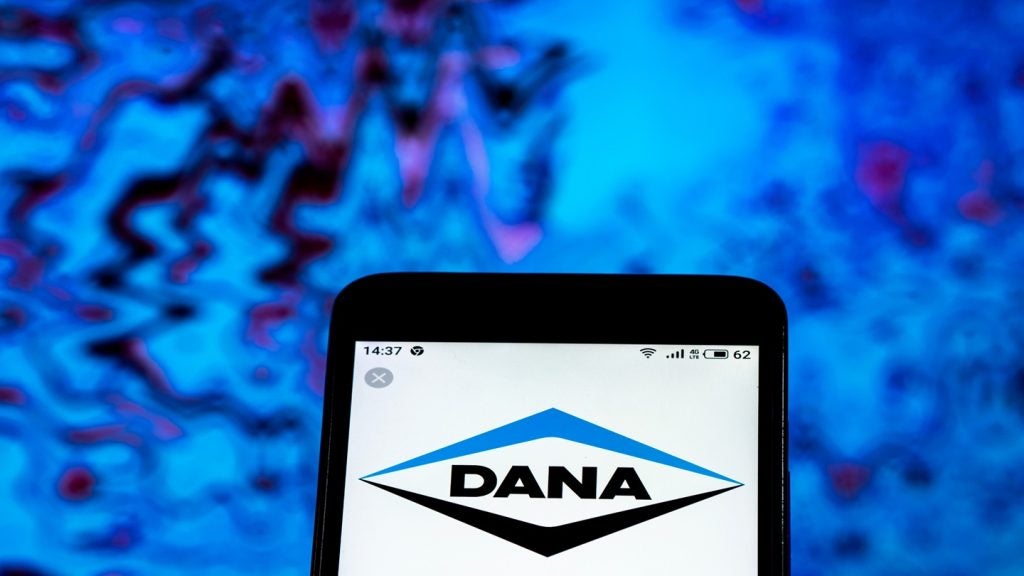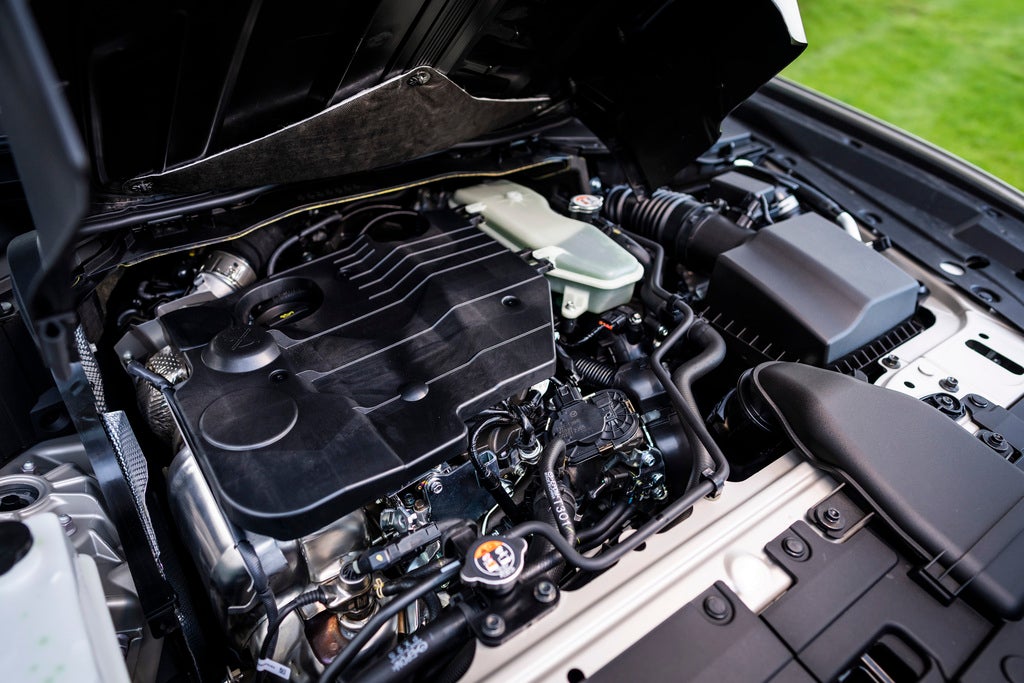Delphi claims to have developed a new, low-cost way to help vehicle makers meet future emissions regulations by using hydrogen enrichment technology to improve vehicle environmental performance.
The system adds hydrogen to a petrol engine to reduce cold-start hydrocarbon (HC) and oxides of nitrogen (NOx) emissions and NOx during cruise conditions.
The company says hydrogen enrichment has potential in the US market and believes it will help vehicle makers meet SULEV emission regulations with minimal additional cost.
Using a micro reformer, the hydrogen enrichment system generates a hydrogen-rich gas by partial oxidation of fuel.
The micro reformer is approximately the size of a soft drink can and can be placed nearly anywhere on the vehicle while adding it will not require any significant changes to current internal combustion engine architecture.
How well do you really know your competitors?
Access the most comprehensive Company Profiles on the market, powered by GlobalData. Save hours of research. Gain competitive edge.

Thank you!
Your download email will arrive shortly
Not ready to buy yet? Download a free sample
We are confident about the unique quality of our Company Profiles. However, we want you to make the most beneficial decision for your business, so we offer a free sample that you can download by submitting the below form
By GlobalDataControl valves are used to manage fuel delivery to the reformer and reformate delivery to the engine and exhaust catalyst.
Hydrogen enrichment will allow for a significant reduction of the precious metal content of conventional catalysts necessary to help meet Super Ultra Low Emission Vehicle (SULEV) standards and help avoid the dramatic increase in catalyst packaging volume that may be necessary, particularly on larger engines.







